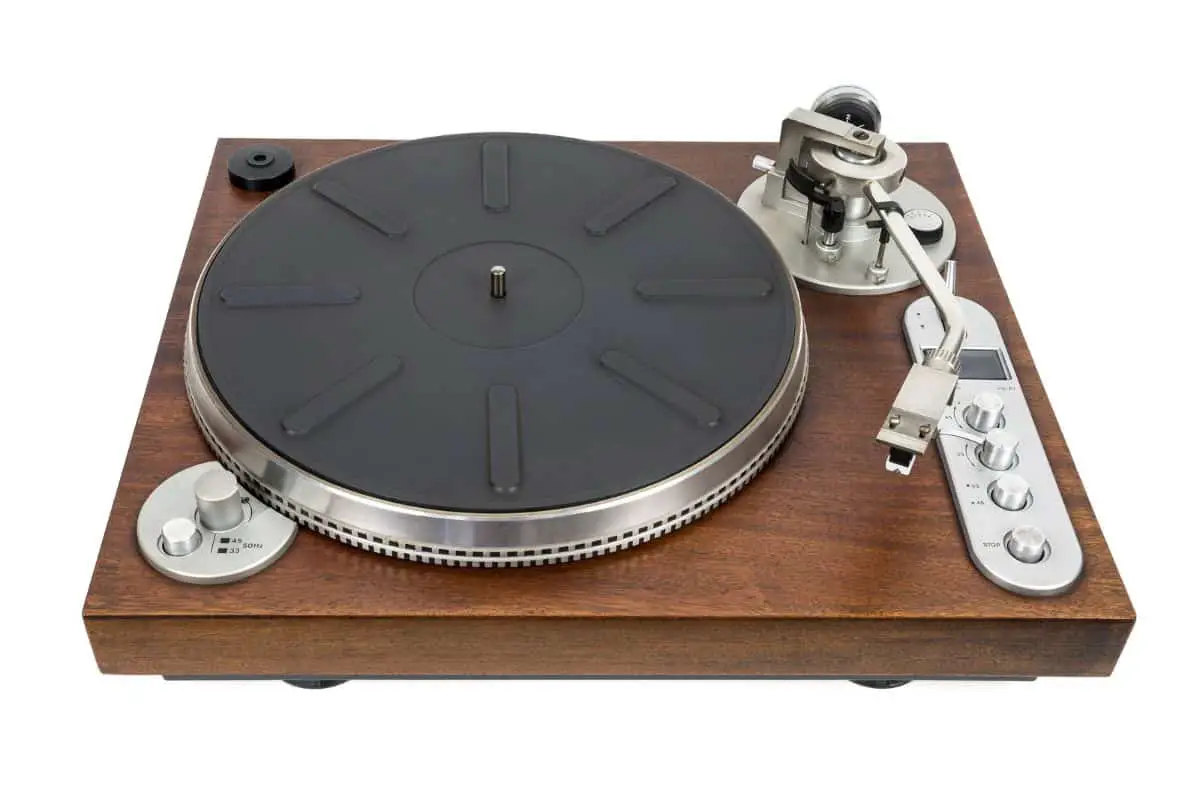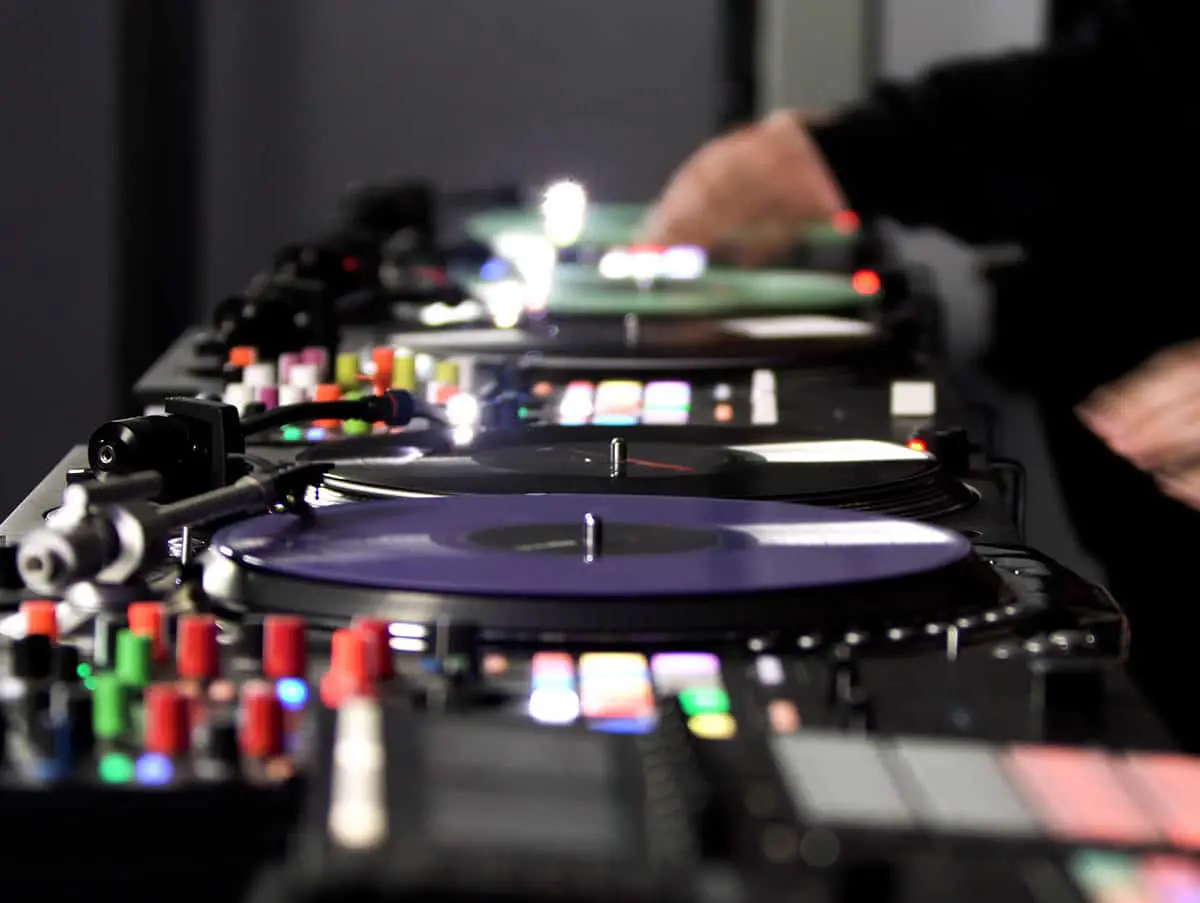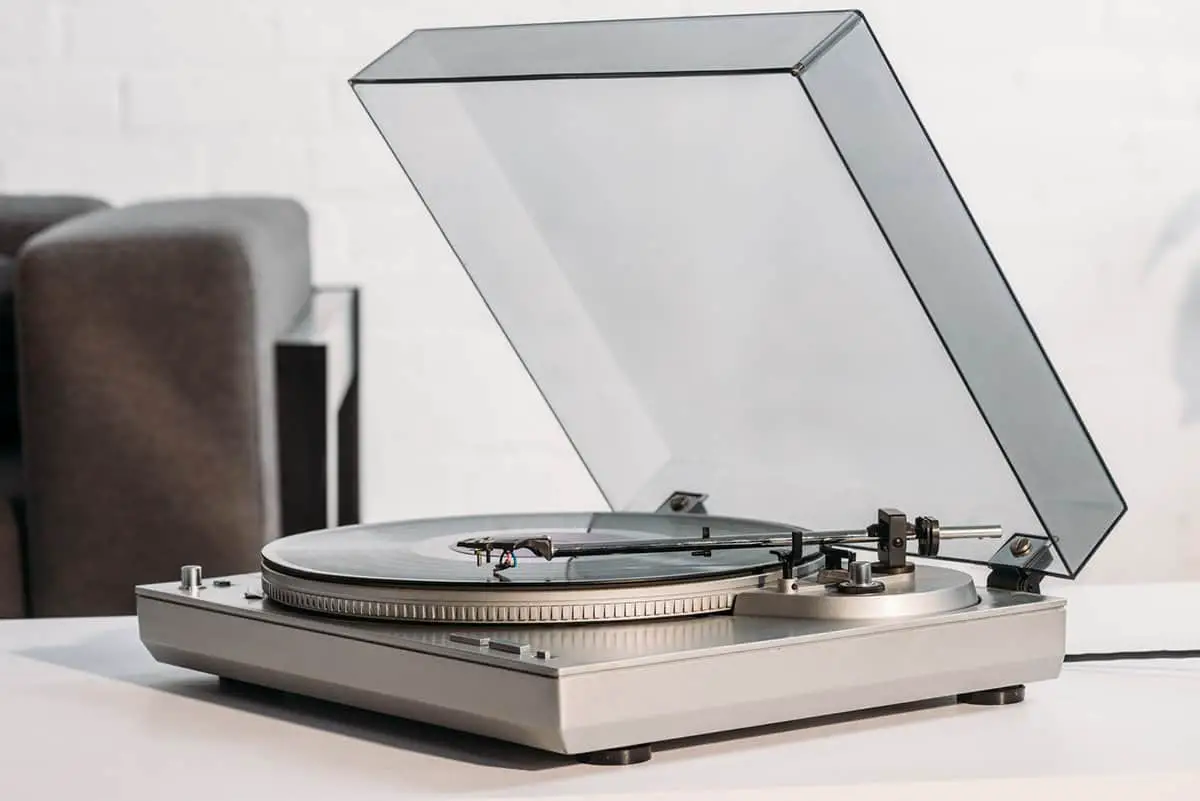This post contains affiliate links.

Turntable cartridges are the heart of the turntable experience. They are responsible for ‘reading’ the record and translating it’s microscopic transcriptions of sound into an electrical signal. For such a small piece of the turntable, you’re probably wondering why turntable cartridges are so expensive given what a small part of the whole turntable they are.
Turntable cartridges are considered expensive because the cost of medium to high end record playing cartridges can range from hundreds to thousands of dollars. Compared to what a smartphone can do, the simple technology carries a high price tag.
To truly appreciate and understand why the price of turntable cartridges is so high relative to other, seemingly greater technologies, we must turn to understanding the product’s manufacturing process.
I’ll take you on a turntable journey through the cartridge in particular to examine the types of cartridges and why some are so much more expensive than others. Stick with me and let’s find out more about why turntable cartridges are so expensive.
Table of Contents
Types Of Turntable Cartridges (And Cost)
In order to discuss why turntable cartridges are so expensive, we’d better define what it is we’re talking about; after all, there’s more than one kind of turntable cartridge.
When it comes to turntable cartridge types, there’s tow very common forms and they are:
- Moving magnet – $$
- Moving coil – $$$
Moving coil are almost always more expensive than moving magnets. In case you’re wondering what I’m talking about, I’ll describe each and throw in those costs you’re probably looking for as a comparison.
Moving Magnet Turntable Cartridges
The concept of a record player (turntable) cartridge is pretty simple. The needle vibrates as it scrapes over a minute groove cut into the record. The needle, otherwise known as the stylus, wiggles around as it encounters the minute variations within the groove.
The wiggling stylus is attached to a moving magnet. The magnet changes proximity with coils inside the cartridge as it moves from the wiggling stylus. Those proximity changes cause the coils to output electrical signals which correspond to a phono audio signal.
The moving magnet cartridge is heavier and cannot move as well as a coil cartridge. Therefore, the moving magnet type of cartridge doesn’t catch all the tiny subtle changes of music. The sound is still great, but it’s sort of the brute of cartridge types, in my experience.
Average Moving Magnet Cartridge Cost
Okay, so I told you I would get you a price, and here it is: it depends. It depends on the manufacturer and model of cartridge. You could go to a big box store and merely purchase an entire new turntable for the price of some other cartridges.
For the sake of audiophiles looking for some examples, here you have it:
- Audio-Technica AT-VM95ML – Retails for $169
- Ortofon 2M Blue – Retails for $236
Moving Coil Turntable Cartridges
Moving coil turntable cartridges are more delicate than the moving magnet type. The principles are the same, the audio signal is produced by movement of coil to magnet, rather than the moving magnet to coil.
The moving coil cartridges are lighter and more precise than the moving magnet type. They pick up the finer details and subtleties of the records. However, the finer sound comes at a greater price.
The manufacture of moving coil cartridges is more difficult and uses finer components such as wires for the assembly. The downside to the fine componentry is the lack of a strong signal produced. The weaker signal requires a secondary amplification if you are to hear it.
- Denon DL-103R – Retails for $260
- Audio-Technica AT33Sa – Retails for $1419
Which Type Of Turntable Cartridge Is More Expensive? Which Is Cheaper?
As mentioned, you will find that the moving magnet type of cartridge is less expensive than moving coil type. The moving coil type is lighter and produces a finer sound, yet also produces less voltage than the moving magnet.
The finer sound of the moving coil cartridge requires finer components and thus a more laborious manufacturing process. The higher labor and finer componentry equates to the higher cost for the moving coil style of turntable cartridge.
Obviously if the moving coil type is more expensive, the moving magnet style is cheaper. However, it doesn’t mean you can’t find a very high quality moving magnet cartridge with great sound.
How Much Should I Spend On A Phono Cartridge?
When it comes to phono cartridges, there are innumerable choices out there to choose from. Deciding which is best for you may seem difficult, but when we analyze the situation, you’ll find that you likely already have the answer. Let me explain.
The amount spent on a phono cartridge ought to be equal or greater than the replacement value of a standard OEM cartridge for your make and model of turntable. In practice, if focused on quality, you will always get you the same or better quality than the original equipment.
At the end of the day, the amount you choose to spend to replace a turntable cartridge will depend on you make and model of turntable, the available compatible models of cartridge, and your desired budget.
Desired budget based upon your quality of sound ideology, of course. If you’re like me, then in my experience you’re going to grab something that’s better than your last cartridge. I have a simple rule, if I have to replace it, I upgrade it.
What’s In Turntable Cartridges That’s Expensive?
The basics of a turntable cartridge material list are pretty simple. There are only a handful of components within the cartridge. Here are the basic components:
- Coil
- Magnet
- Cantiveler
- Stylus
- Rubber suspension
- Terminals
- Wiring
- Casing
The casing is typically a lightweight plastic and that is pretty cheap. The magnet and coil, although specialty, are not typically very expensive parts either. Certainly there are ‘high-end’ coils and magnets, but for the most part these are standard and common in terms of the materials used to manufacture them.
The cantilever arm and rubber suspension are nothing too extraordinary. The cantilever arm typical construction uses metal, and it is a tube shape most of the time as well. The cantilever has a great effect upon the quality of sound produced.
Wiring is not expensive and neither is the solder used to for the wiring connections, so these are not the major source of expense for manufacturing.
The last part, the one I have yet to mention, this is where the money gets involved: The Stylus.
Typically diamond or sapphire finds use as the stylus tip. These incredibly hard minerals make great tips for the stylus needle and work well at translating the grooves into movement.
Some types of stylus are more expensive than others. For example, the spherical tipped stylus are more affordable than other types. There are four stylus tip shapes commonly in use. (source)
- Spherical – cheapest tip type, easy to use
- Elliptical – great tracking, wears out faster than spherical (requiring more replacements is more expensive)
- Hyper Elliptical – very precise sound and relatively expensive by comparison to spherical or elliptical stylus tip types
- Micro-Ridge – the most accurate and most expensive
You may not have much of a choice, depending on your turntable and the types of cartridges that are compatible with it, but if you have the option, a hyper elliptical makes superb sound in my experience.
Turntable Cartridge Manufacture Vs. Supply And Demand
The primary factors in the final cost determination of a turntable cartridge, aside from the materials used in it’s manufacture, are the labor and supply and demand.
Labor is always one of the most expensive parts of any manufacturing process. The fabrication of high-end turntable cartridges is no exception.
The last factor in determining the expensiveness of a turntable cartridge falls on the law of supply and demand. The higher-end cartridges are requested by fewer people than the cheaper ones. The most expensive also require the greatest cost labor for the highest skilled workers. Add these facts up, and the better the cartridge, the more expensive.
The manufacture of turntable cartridges is a specialty skill left to artisans who don’t mind staring into a microscope for most of their day. The components are so small, that without such optical equipment, it would be very difficult to properly assemble a high-end cartridge.
Related Articles
VacationVinyl.com is a participant in the Amazon Services LLC Associates Program, an affiliate advertising program designed to provide a means for sites to earn advertising fees by advertising and linking to Amazon.com. We also participate in other affiliate programs which compensate us for referring traffic.





